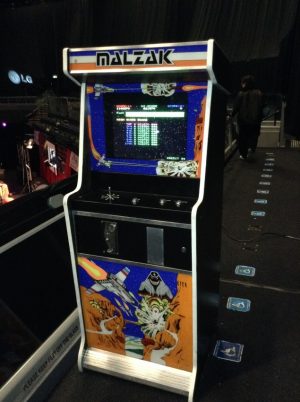
Collector Michael Davidson – I’ve always had an interest from a young age in computers and videogames and I’m old enough to have grown up during a period when both were new and exciting. I own several items of interest from a New Zealand point of view.

Collector – Andrew Stephen – I was lead into collecting by nothing more than misty-eyed nostalgia. My first computer was a Sinclair ZX81. In the early 80s, at 10 or 11 years old, I taught myself to program a ZX81 which was on display in a local electronics shop and eventually convinced my parents to buy one. In 1997 I realised I could use the Internet to try to find a ZX81 again …and play my favourite game of its time – Mazogs.
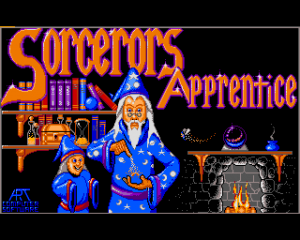
Art Software was the name of a group of developers for the Amiga computer. They were Rodney Smith, Cameron Mckechnie, and Blair Zuppicich. Mark Sibly joined them on “Sorceror’s Apprentice”. Despite both their games getting a commercial release they received no money from their publisher. Given this, the rights reverted and they made both “Sirius 7” and “Sorceror’s Apprentice” public domain.

Collector – Nick Hook -I think most collectors have their own nostalgic reasons for doing what they do, or at least that is how it starts. In my case, the Sega SC-3000 was my first computer. It was 1984 and I was 9 years when Mum and Dad brought it home for Christmas. I can still remember the excitement of seeing it plugged in and running for the first time on the little 12″ NEC colour TV they bought to go with it, and the thrill of listening to the Star Jacker theme music.
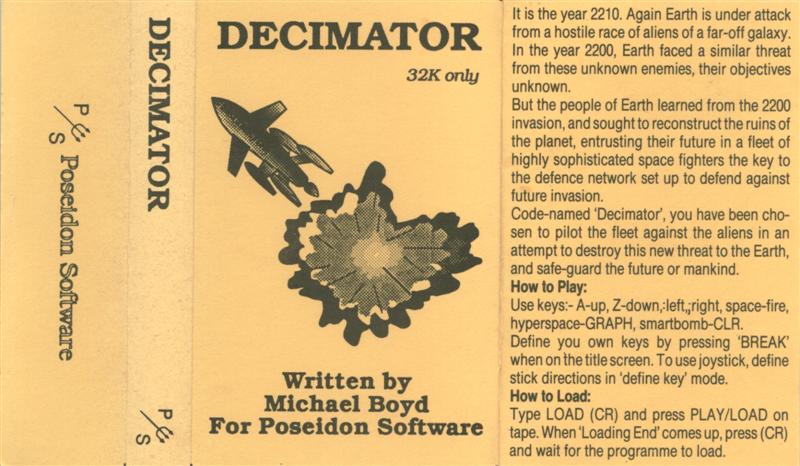
Collector Andrew Kerr _ I was an avid reader as a child and you could argue that my original game collection consisted of all the Choose Your Own Adventure and Fighting Fantasy books! My personal interest reached the next level when I was gifted a SEGA SC-3000 computer. I became addicted to learning as much as I could about the computers capabilities because I found I wanted to create games instead of just playing them and that became the driver behind me collecting computer games.

The New Zealand Film Archive has been aware of the ‘institutional gap’ in this country for several years, with regard to the lack of representation of video games & early computer games within national cultural collections. We are wanting to acquire working examples of software and hardware across the range of formats and platforms that represent the variety that was available and played on amongst the NZ fan communities.
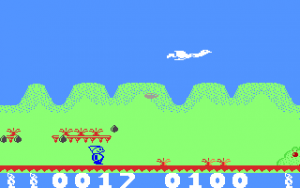
As a teenager I loved the 1980s animated TV series Smurfs, based on the adorable 1950s comic characters. When I got a Commodore 64 I thought “with the power of sprites, surely I could create a game based on Smurfs?” and so for three months in early 1985 I tried to prove to myself that I could.
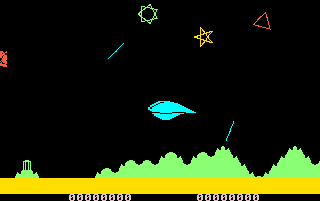
In Part 2 Carl tells us about finally getting his own computer, joining the local computer club and in how his interest in games design inspired him to learn Assembly language and dissemble games studying the works of UK designer Jeff (Yak) Minter.
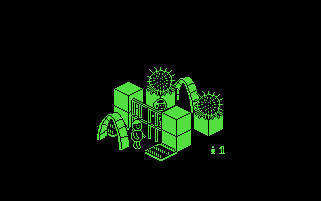
In Part 1 Carl tells us about where he first encountered computers as a child in Fiji and how he created his first games (and made his first sale) typing listings onto the display machines at his New Zealand home town’s computer shop.
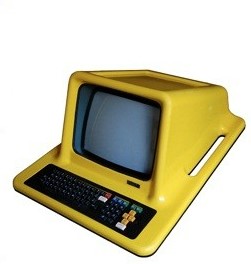
The New Zealand government’s Development Finance Corporation partnered with Progeni Computers, in Lower Hutt, to form Polycorp. The Poly-1 was manufactured by Polycorp and became available in 1981. Meanwhile the original prototype team had pitched a concept successfully to the Minister of Education, for a commitment to support the computers’ development and guarantee take-up of a certain number of Polys into NZ schools.
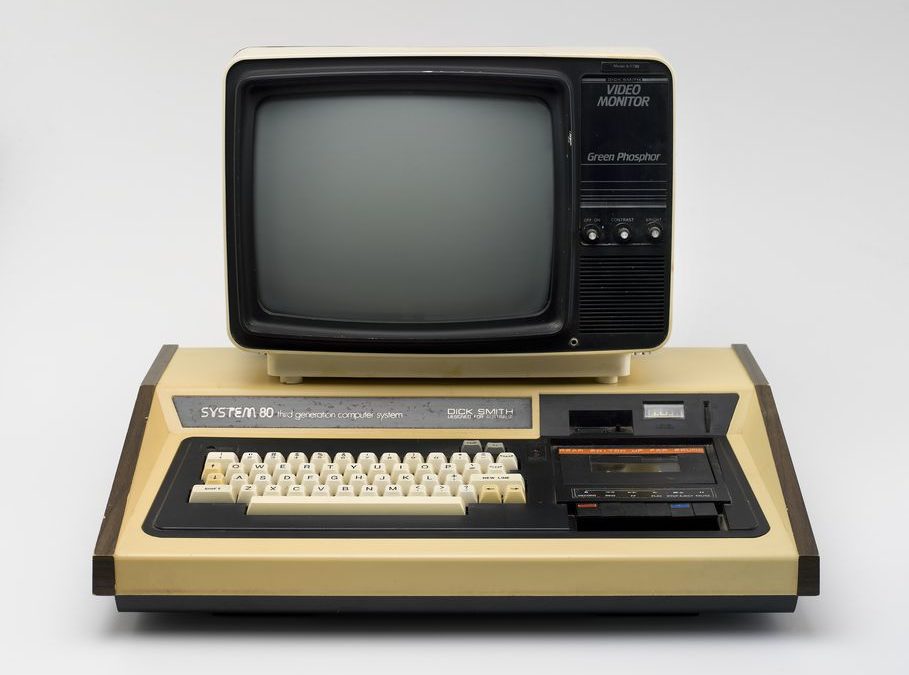
I was never in the “gaming scene” or “gaming culture” as such. I was never a member of a software-swapping “club” nor did I spend many night and weekends gaming with my peers. Unlike many retro-gaming enthusiasts, who remember the games of their school and teenage years, by the time I got my first computer (the Dick Smith System 80) I was already 23, married and hard at work.
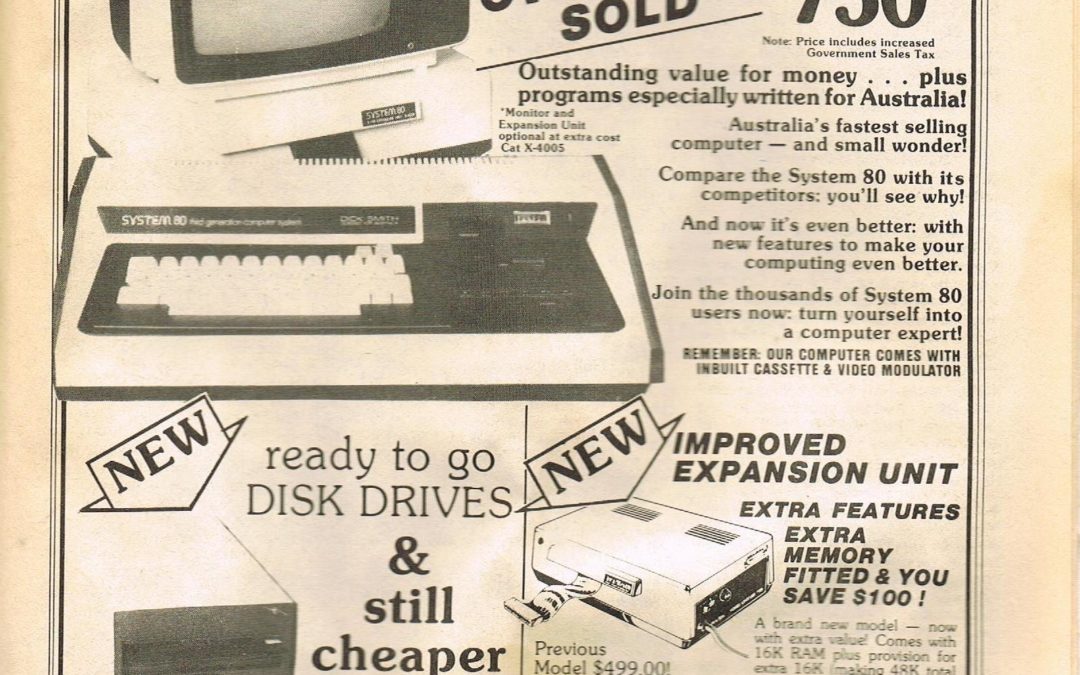
What was the games computer in your house? Did your household spend up big, or opt for a ‘little’ computer? Was the purchase a big deal occasioning much research, or did it just arrive? Did it plug into a (the?) TV or separate monitor? What are your abiding memories of using it? Please tell us your story, better still if you have pictures!
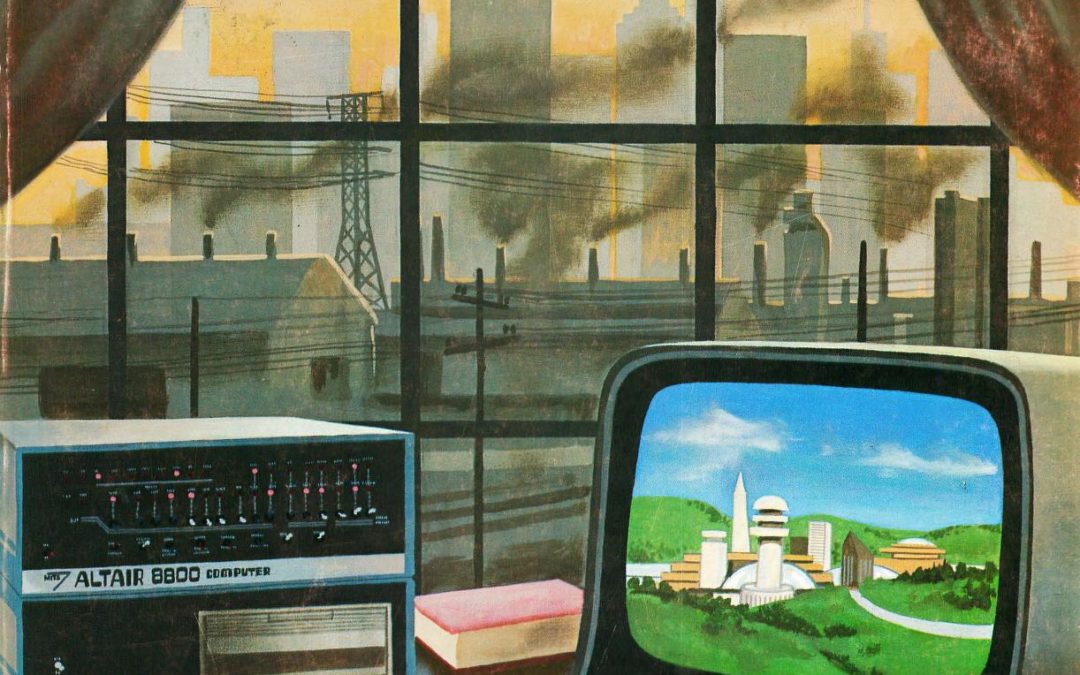
In the long 1980s decade, some hardly souls in both New Zealand and Australia built their own computers.
New Zealand Microcomputer Club legend, Selwyn Arrow, recalls building his first computer (or part thereof):
It was either Christmas 77 or 78, more likely 1978…A copy of Byte magazine arrived…I read it twice, including all the ads. It just opened up a whole new world…
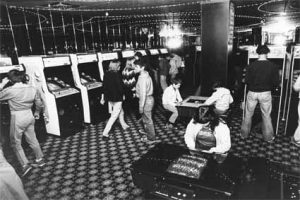
What was your local arcade like? Tell us about it. Were the machines new, with their own artwork? Or were they generic cabinets, converted from other games?
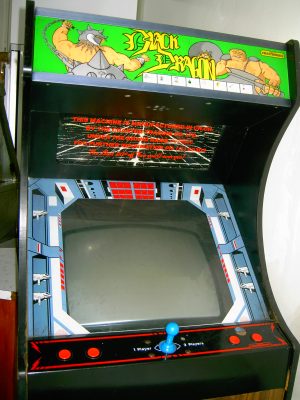
How does one identify local themes and scenes in digital games history? Figuring out what is local will usually require knowledge of the non-local, won’t it? Well, in 1980s New Zealand there were some unique conditions which meant that games production developed at least partly along its own trajectory. New Zealand had a system of import licensing — first introduced in 1938 — that lasted up until the mid 1980s. The system made it unlawful to import any goods without a license from the Customs Department. According to the late historian Michael King, the system was deeply unpopular.
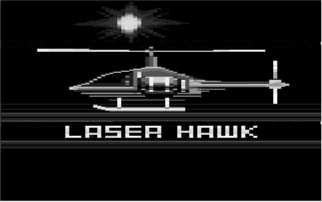
“Laser Hawk” is a “Scramble” clone. It was inspired by “Tail of Beta Lyrae”. The game has 5 stages, and at the end of each stage a command center must be destroyed (earning an extra helicopter). These are the headquarters of rival computer companies of the time, namely Apple, Amstrad, BBC, Commodore and Spectrum.
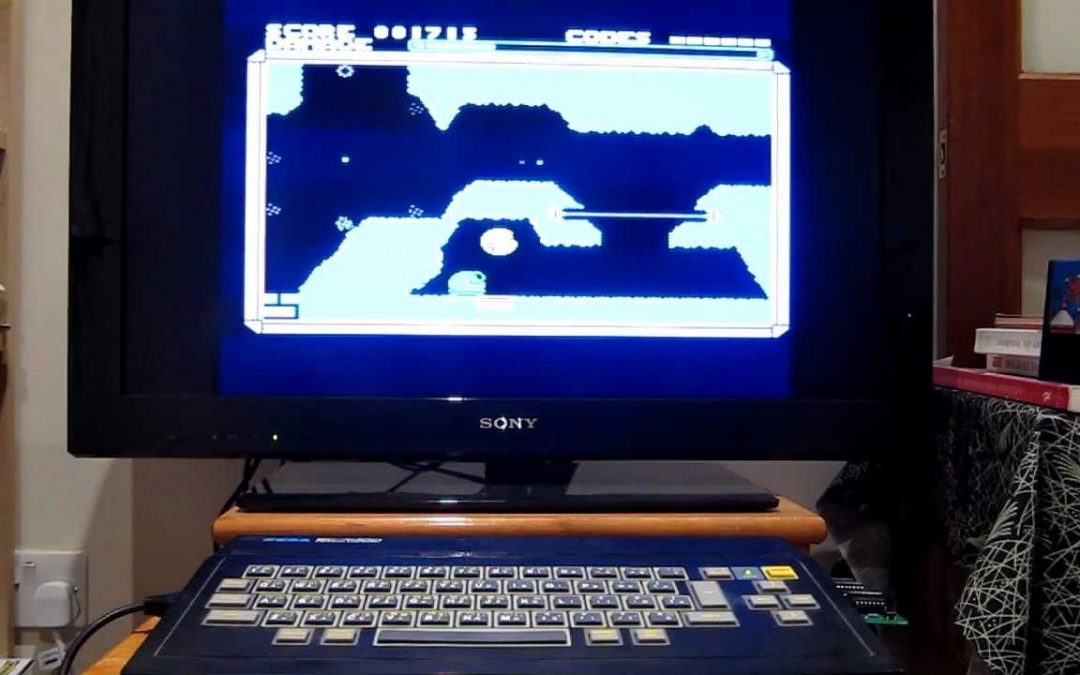
“Moonbase Alpha” is a graphic adventure game with speech samples. It is one of only two sc-3000 titles to feature digitised speech.
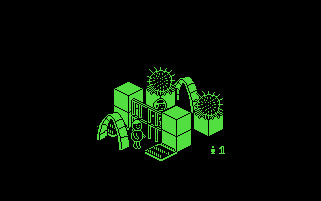
“Necromancer 2” is an isometric arcade adventure. It is a clone of Ultimate’s classic 3D games, such as “Knightlore”. The game runs on C64 and also runs on a Vic 20. It was, during its day, an advanced amateur game, being an isometric 3D game.
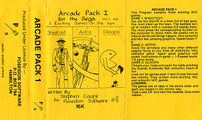
“ShootOut” is an arcade-style, shoot’em up game. You have to shoot the baddies as they appear from the buildings of the western town. Be careful not to miss, as you will shoot up the town.
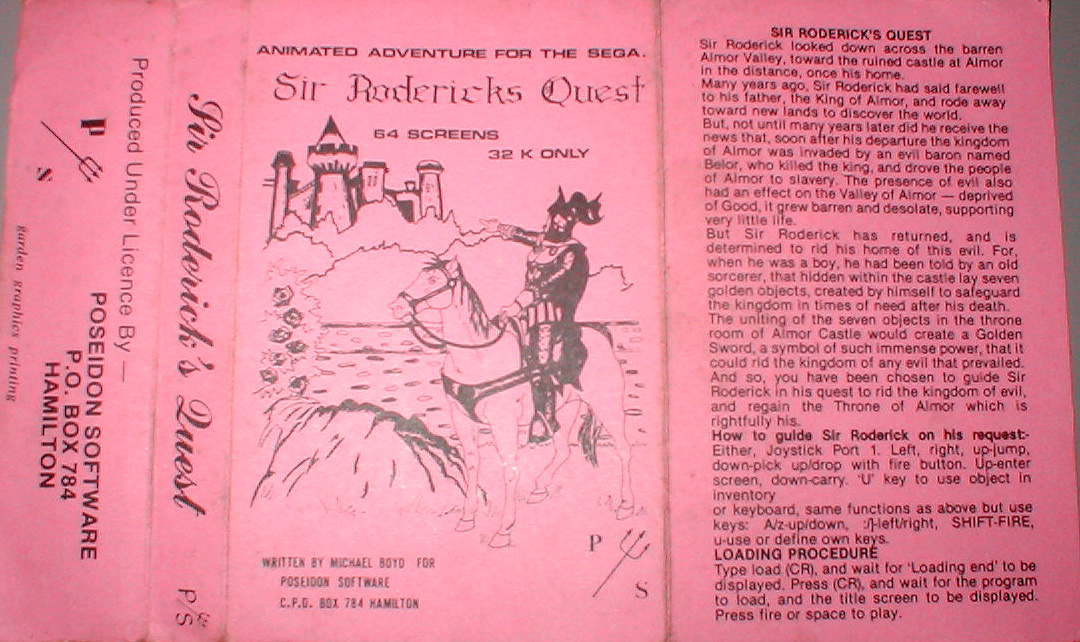
“Sir Roderick’s Quest” is a graphic adventure. It has been compared to similar games such as “Sceptre of Baghdad”, “Spellbound” and “Stormbringer”. You have to guide Sir Roderick through the castle, collecting the seven golden objects and returning them to the throne room.
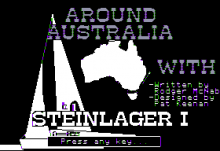
“Sail the Endeavour” is an educational maths game that mixes in some geography as well, as you sail the “Endeavour” using angles, map scales, etc
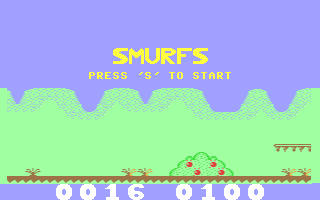
“Smurfs” is a platform game in which you use the joystick in Port 2, with fire to jump over prickles, avoid eggs, and to reach Smurfette at the end level. There are three stages – horizontally scrolling, vertically scrolling, and a flick-screen stage. The gameplay is quite a difficult challenge.
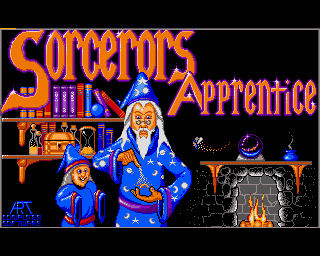
In “Sorcerer’s Apprentice”, you play the part of an old man who is blessed with the King’s magic powers. The reason for this is that the King wants you to free the land from the forces of darkness.

“Splat” is a “Frogger” clone.
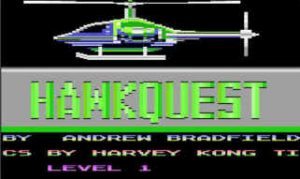
Andrew Bradfield lived in New Zealand. During high school, he became very interested in arcade game conversions and was interested in programming his own computer game. Shortly after finishing high school he taught himself assembler language and, supported and advised by Todd Gramstrup, a local Atari enthusiast, soon started writing games.

























